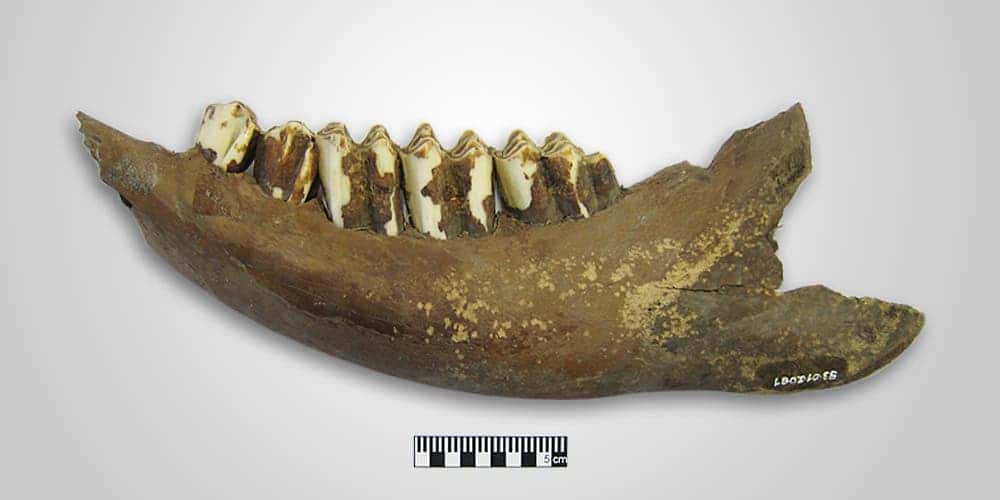Ancient farmers 5,400 years ago had much a much more refined understanding of animal rearing than you’d suspect, research from the University of Basel reveals.
The study was performed by researchers from Switzerland, Germany, and the UK, led by Prof. Jörg Schibler from the University of Base. It focused on the ancient settlement of Arbon Bleiche 3, which once hugged the southern bank of Lake Constance, Switzerland.
Arbon Bleiche 3 is considered to be one of the most important Neolithic sites in the country of banks and chocolate. This is largely thanks to Lake Constance, whose silt deposits helped preserve the bits of organic material (such as houses’ timber elements) in their original form. Using dendrochronological (tree-ring dating) methods, the researchers were able to date the wood’s age down to the year. As such, they were able to determine that the settlement saw occupation for only 15 years in the 34th century BC.
Now that they had a “when”, the team also wanted to know “what was going on” during the time this settlement saw use — in particular, they were curious to see the socio-economic system the inhabitants were using 5,400 years ago. And the fastest way to get a glimpse into that system was to look at livestock and land use patterns in the community.
Toothy questions
Teeth and bones from some 25 heads of cattle were also unearthed at the site, which the team used to get their answers. Using strontium and carbon isotope analysis, the team was able to determine that the farmers in Arbon Bleiche 3 used three different livestock rearing strategies in parallel.
The herd was divided into three groups. One was kept close to the village around the year, a second one was kept on pastures far from the settlement. The third group alternated between these pastures, being sent on more distant pastures for a few months every year. Analysis of enamel and plant traces in the teeth suggests that some of the cattle were taken to higher pastures during the warmer seasons, potentially signaling the birth of modern Alpine pastoral farming.
Seeing such a specialized distribution of grazing lands hint to a more elevated society and more complex social systems than previously believed. Using a wider grazing land allows more animals to be reared while avoiding overgrazing, but requires social systems robust enough to dictate who gets to graze where, and then to ensure that these social contracts are observed.
The team further reports that different cattle herds moved about in different ways. Beyond the 27 houses and the farmer families that lived there, other groups specializing in different kinds of cattle farming also resided in Arbon Bleiche 3. All of which further point to refined social systems governing the settlement, as well as a keen understanding of the wants and needs of different species of livestock.
The paper “High-resolution isotopic evidence of specialised cattle herding in the European Neolithic” has been published in the journal PLOS One.










